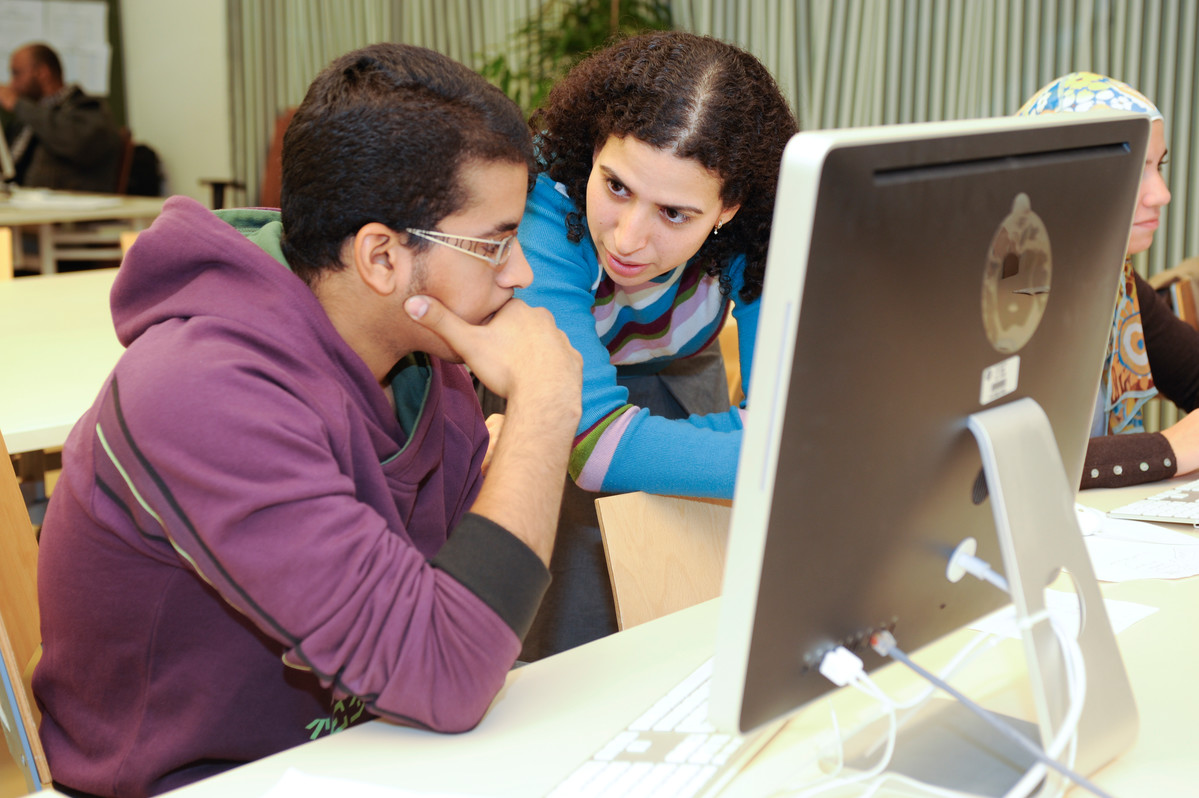Digital transformation in universities has become a key factor in improving administrative efficiency and the academic experience for students and faculty. University digitalization not only modernizes technological infrastructure but also drives educational innovation, departmental collaboration, and data-driven decision-making. Increasingly, universities are implementing digital education strategies that integrate administrative and academic systems.
What is digital transformation in universities?
In essence, digitalization in higher education replaces fragmented, manual processes with intelligent, connected workflows, resulting in more modern, competitive universities that are prepared for the challenges of the 21st century.
Key benefits of digital transformation
- Enhanced student experience: Digital platforms for enrollment, academic tracking, and direct communication with faculty make life easier for students.
- Optimized administrative processes: Digitizing files, records, and internal procedures reduces management time and human errors.
- Data-driven decision-making: Analytical systems allow administrators to identify trends and improvement opportunities in real-time.
- Resource and cost savings: Automating tasks and reducing paper usage lowers operational costs and promotes sustainability.
- Improved collaboration and communication: Integrated digital tools facilitate teamwork across departments and strengthen the university-student relationship.
With these benefits, university digitalization becomes a driver of efficiency and competitiveness, proving that digital transformation in higher education is not just a technological trend but a strategic necessity for modern institutions.
Key areas of digitalization in universities
Digital transformation in universities covers strategic areas that impact both internal management and the experience of students and staff. Implementing technological solutions in critical processes enables institutions to optimize resources, reduce errors, and improve operational efficiency. The main areas of university digitalization include:
Document and administrative management
Digitalizing document and administrative management is a cornerstone of university digital transformation. This involves automating files, records, contracts, and internal procedures, eliminating time-consuming manual processes. By implementing digital document management solutions, universities can achieve:
- Quick and secure access to institutional information
- Reduced paper usage and physical storage needs
- Version control and document traceability
Administrative process automation also allows teams to focus on strategic tasks, improving productivity and operational efficiency.
Academic processes
Digitalizing academic processes transforms the management of enrollment, assessments, schedules, and student performance tracking. Centralized academic management systems and educational platforms facilitate interaction among faculty, students, and administration. Key benefits include:
- Faster and more accurate enrollment and record management
- Real-time tracking of academic performance
- Integration of digital learning systems and online educational resources
This not only optimizes university operations but also enhances the student experience, making education more accessible and personalized.
Communication and collaboration
Digital communication and collaboration are essential for connecting students, faculty, and administrative staff efficiently. Collaborative tools, internal messaging platforms, and virtual learning environments enable seamless information sharing and project coordination. Benefits include:
- Faster, more effective communication across departments and campuses
- Coordination of multidisciplinary teams and academic projects
- Innovation through digital collaboration spaces
By integrating these areas of digitalization, universities not only modernize their processes but also create a more agile, secure, and student-centered educational ecosystem.
Examples of digital transformation in universities
Digital transformation in universities is not just a trend; it is a strategic necessity to improve administrative efficiency and the academic experience. Here are two success stories where Innoarea Projects, in collaboration with strategic technology partners, helped leading institutions modernize their processes and services through university digitalization and intelligent process automation.

AUC: Intelligent automation at university scale
The challenge: The American University in Cairo (AUC), with over 100 years of history, needed to modernize its document management and administrative processes. Despite having a modern campus and an international academic community, most internal operations relied on physical files and manual procedures, causing delays, duplications, and a poor experience for students and staff.
The solution: Innoarea, together with BMB and the Laserfiche platform, implemented a comprehensive document management and process automation solution. This platform integrated with existing systems such as Banner and SAP and enabled digitization of records, intelligent electronic forms, and custom workflows in critical departments like Academic Registration, the General Secretariat, and Management Control.
Key results:
- Significant reduction of paper files and duplications
- Faster, traceable administrative processes in real-time
- Substantial improvement in student experience, from admissions to degree issuance
- Establishment of an agile, fully digital organizational culture
AUC is now a regional leader in university digital transformation, successfully combining academic tradition with technological innovation.

AUB and LAU: Digitalization of services and donations
The challenge: The American University of Beirut (AUB) needed to efficiently manage thousands of donations in a $650 million fundraising campaign over five years. The Lebanese American University (LAU) aimed to modernize academic and administrative services to meet the needs of increasingly digital students. Both institutions faced manual processes, disconnected systems, and excessive paper use that limited efficiency and scalability.
The solution: At AUB, Innoarea implemented Laserfiche to automate the entire donation intake and registration process, reducing processing time and improving document accuracy. At LAU, intelligent electronic forms integrated with systems such as Banner and SharePoint digitized key processes, including transcript requests, academic records, and administrative management.
Key results:
- At AUB, automation improved efficiency, security, and traceability of every donation, allowing staff to focus on strategic objectives
- At LAU, students can now complete administrative tasks from any device, with automated approvals and fully traceable processes
- Both universities achieved a smooth, sustainable, user-focused digital experience
These examples demonstrate how university digitalization and administrative process automation allow educational institutions to improve operational efficiency, transparency, and satisfaction for both students and staff.
How to drive university digitalization
Digital transformation in universities is a strategic process that goes beyond merely digitizing documents or automating tasks. It involves modernizing all academic and administrative management, optimizing internal processes, improving the student and faculty experience, and making data-driven decisions.
Driving digitalization requires an integrated approach, from document and administrative management to academic processes and internal communication. Implementing intelligent technologies reduces errors, accelerates workflows, improves traceability, and delivers a seamless experience for the entire educational community.
At Innoarea Projects, we guide universities through every stage of their digital transformation, tailoring solutions to specific needs and ensuring measurable results. If you want to take your institution to the next level, optimize academic and administrative management, and deliver a top-tier digital experience for students and staff, contact our team today to discover how our solutions can transform your university.
